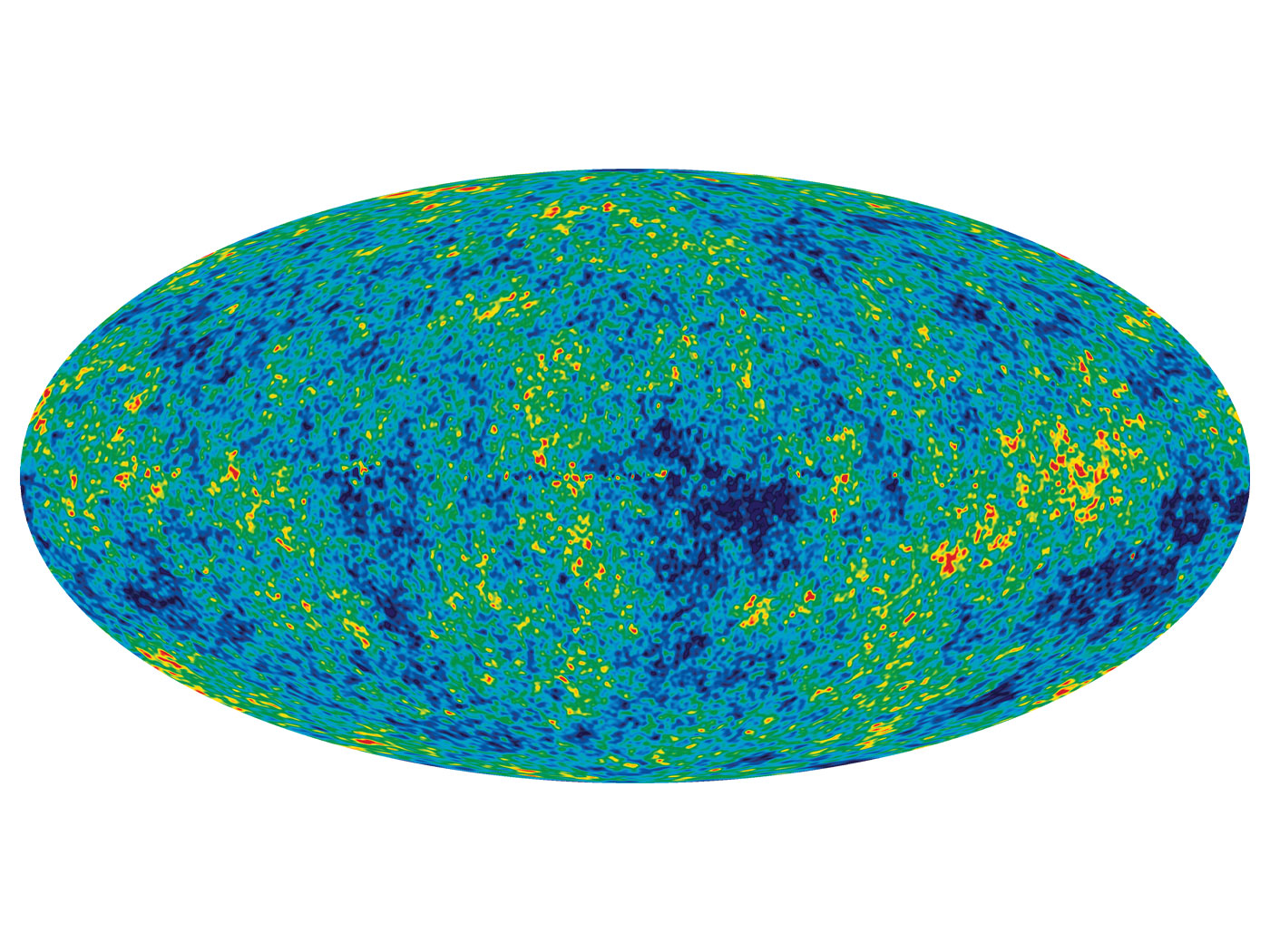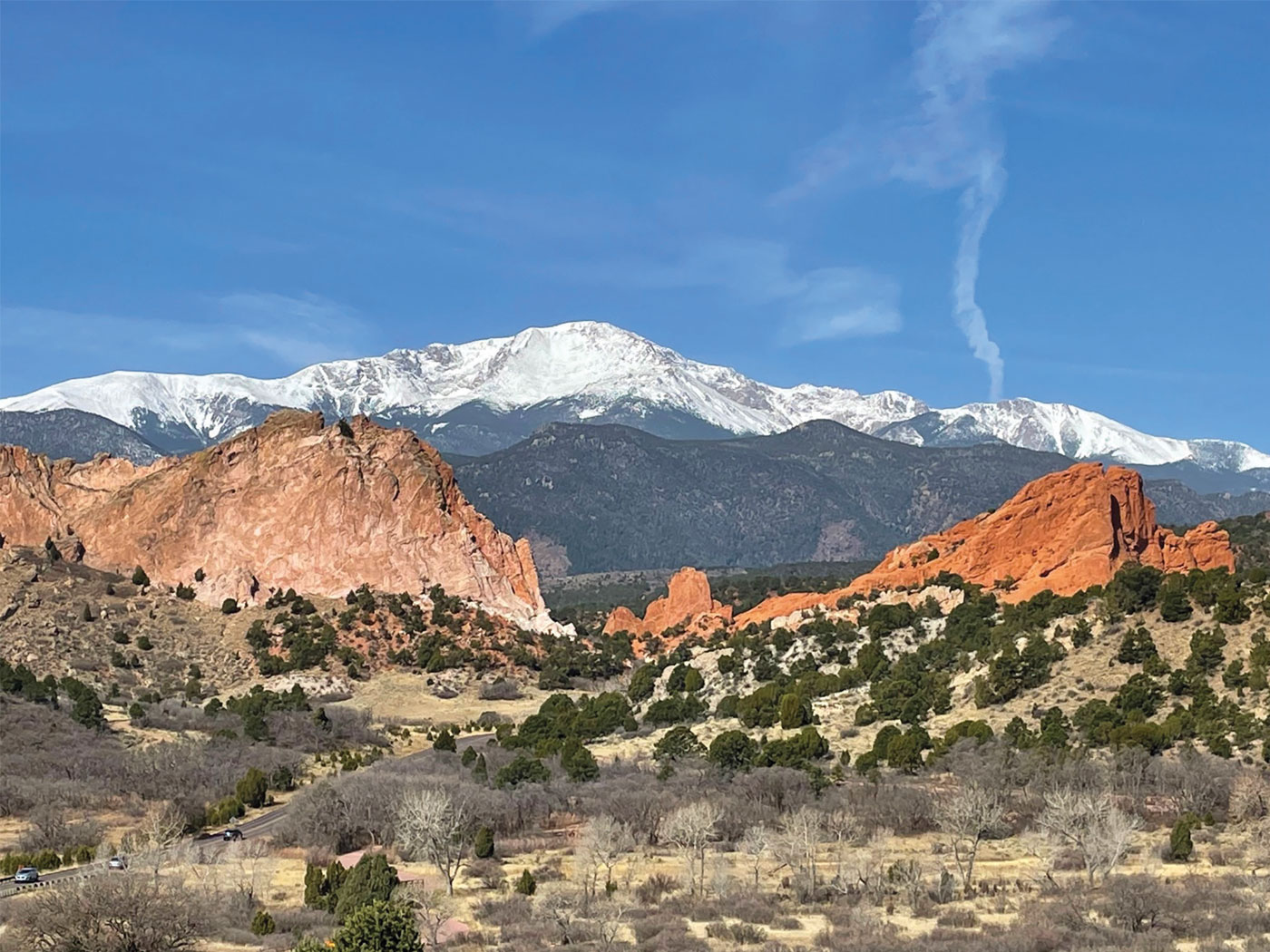Over the last 15 years, I have engaged in intensive scholarship in scientific creationism, with which I would like to acquaint the lay creationist reader. Many questions and issues in flood geology have been given at least a tentative answer as a result of my little-known research, which has been written for scientists, especially geologists. The purpose of this Impact article is to summarize my research in everyday language for the average reader.
In my "Causes for the Biogeographic Distribution of Land Vertebrates After the Flood" (Proceedings of the 2nd International Conference on Creationism, 1990, Vol. II, pp. 361-370), I explain why the animals on different continents are so different from each other if they originated from one point (Noah's Ark in the mountains of Ararat).
The interior regions of the continents were very cold for some time after the Flood, due to blockage of sunlight by volcanic aerosols released during the Flood, and animals did not freely spread in all directions upon their release from the Ark, but were shunted across narrow bands of land warm enough to support life. This ultimately caused very different animals to end up on different continents.
The postdiluvian peoples, after their post-Babel dispersion, probably introduced different animals to different continents (such as the Australian marsupials, South American mammals, and Madagascaran primates). I point out that South America, Australia, and the island of Madagascar are all in a direct line of maritime routes emanating from the Middle East, and hence are natural stopping points for the postdiluvian peoples.
Flightless birds on islands possibly resulted through microevolution (or, better, variation) from birds which had flown there. I present evidence that this can happen in a short time. Also because of this, we need not suppose that God created birds with useless wings.
In my "The Antediluvian Biosphere and its Capability of Supplying the Entire Fossil Record" (Proceedings of the 1st International Conference on Creationism, 1986, Vol. II, pp. 205-218), I refute anti-creationists who have claimed that the material found in the fossil record could not possibly all have been alive on a recently created earth. I prove that the world's coal, oil, fossil crinoids, Karoo vertebrates, limestone components, etc., could all have come from the remains of creatures having lived in the short time between creation and the Flood and then buried by the Flood.
In "A Diluviological Treatise on the Stratigraphic Separation of Fossils" (Creation Research Society Quarterly 20(3) 133-185; December 1983), I examine, in great detail, how one flood accounts for the fact that different fossils are found in different layers of rock. I test, using over 9,500 global locations of fossils, the tendencies of over 30 different types of fossils to overlie each other in rock. Then I propose and test a new mechanism to explain, through one flood, the relatively few cases where rocks bearing many different kinds of fossils overlie each other.
This mechanism, which combines biogeographic zones of living things with a tendency for crustal rock to downwarp also is used to explain why, in the lower layers of fossils, there are fewer fossil types that have any representatives still alive today. I demonstrate that evolution with geologic ages is not the sole (or even the best) explanation for this trend.
I address the fact that there are few, if any, human remains in lower fossiliferous rock. According to evolution, it is because humans did not appear until very recently. I provide a diluvian explanation for this, showing through actual calculations that the antediluvian humans were so dispersed in the great volumes of sedimentary rock that it is extremely improbable that any of them ever would have been discovered. Alternatively, such discoveries are so infrequent that any such find could be easily ignored or discounted by evolutionists.
In "An Anthology of Matters Significant to Creationism and Diluviology: Report 2" (Creation Research Society Quarterly, 18(4) 201-23, 239; March 1982), I discuss various topics, including further evidences against organic evolution, against the existence of ancient reefs in ancient rock, and against the usual claim of overthrusts (rock strata mechanically pushed over each other) to explain away instances of fossils overlying each other in wrong order, according to evolution. I also provide 200 examples of fossils occurring in "wrong" rock strata, according to evolution, and show that there usually is no evidence to support the usual evolutionary rationalization that these are situations where fossils from older rock were washed out and redeposited in younger strata.
In "The Essential Nonexistence of the Evolutionary-Uniformitarian Geologic Column: A Quantitative Assessment" (Creation Research Society Quarterly, 18(1)46-71; June 1981), I show, by overlying world maps of rocks attributed by evolutionary geologists to different ancient geologic periods, just how small a percentage of the earth's land surface has rocks of many alleged geologic periods all in one place. I also show, through calculations, that rocks of geologic periods supposed to have succeeded each other in time, rarely succeed each other as layers of rock.
In "An Anthology of Matters Significant to Creationism and Diluviology: Report 1" (Creation Research Society Quarterly, 16(4) 209-19; March 1980), I cover many topics. For example, I document recent discoveries which show that many fossils once thought by evolutionists to have been restricted to certain layers of rock strata, have now been found in many other layers of rock. I also provide evidence against the usual claim of evolutionary geologists that certain processes, whose effects are seen in rock, must have taken a long time to happen.
In my "Radiometric Geochronology Reappraised" (Creation Research Society Quarterly, 16(2)102-29, 147; September 1979), I engage in a thorough and systematic refutation of the dating methods used by evolutionary geologists to support their claim that the earth's fossil-bearing rock formed gradually over hundreds of millions of years, supposedly indicating that the earth must be billions of years old. Whereas other creationists have questioned the assumptions underlying isotopic dating, I provide numerous geologic demonstrations of the invalidity of radiometric dating. This includes over 400 published instances of serious discrepancies between isotopic age and the expected age of the rock based on its fossils, according to standard evolutionary thought. I also show that, contrary to intuitively held beliefs, internal consistence in dates obtained by these methods, and even agreement between results of different dating methods, are not proof for their validity.
I refute the claim that various dating methods agree that the earth is 4.5 billion years old. I demonstrate that there are gross contradictions in billion-year values from earth's rock, and that there are even some values obtained which are much greater than the 4.5-billion-year accepted age of the earth.
Most creationist research on the fallacies of evolution (for example, that of Dr. Duane Gish of the Institute for Creation Research) has focused on vertebrates. In "The Cephalopods in the Creation and the Universal Deluge" (Creation Research Society Quarterly, 15(2) 94-111; September 1978), I focus on a group of invertebrate animals which include the modern squid and octopus. This group of animals is used by evolutionary geologists to a greater extent than any other fossil animal, to subdivide rock strata into alleged different spans of time. I show, in detail, the fallacies of these practices, as well as the fact that there is an even greater absence of expected evolutionary transitions among cephalopods than is the case among the vertebrates surveyed by Dr. Gish. Finally, I demonstrate how the ecological differences among cephalopods explain why all the living and fossil cephalopods were buried by one flood in the order in which they are found in rock strata. A popular level version of this work on cephalopods, entitled "Cephaloped Conches," appeared in Ministry, January-February 1980.
In "A Diluvian Interpretation of Ancient Cyclic Sedimentation" (Creation Research Society Quarterly, 14(4)189-208; March 1978), I show how one flood explains the fact that most of the world's coal deposits occur in sandwich-like layers interbedded with rock, and that standard evolutionary geology has a difficult time explaining this. I then develop a model to show how vast sheets of rising and falling flood waters buried floating vegetation (which later became coal) in between layers of mud (later shale) and sand (later sandstone).
Currently, I am working on several creationist projects which I anticipate publishing in the future. I would hope that creationists will make full use of this research, and that it will serve as a springboard for further research by other creationist scholars. It is only through careful and intense scholarship that creationism can grow in explanatory power, which is the goal of all scientific research.
* John Woodmorappe has a Bachelor's and a Master's Degree in Geology and a Bachelor's Degree in Biology. He is a science teacher and is also a research fellow at a university.
Note: The publications mentioned by Mr. Woodmorappe in this article were combined into a single volume entitled Studies in Flood Geology.





















